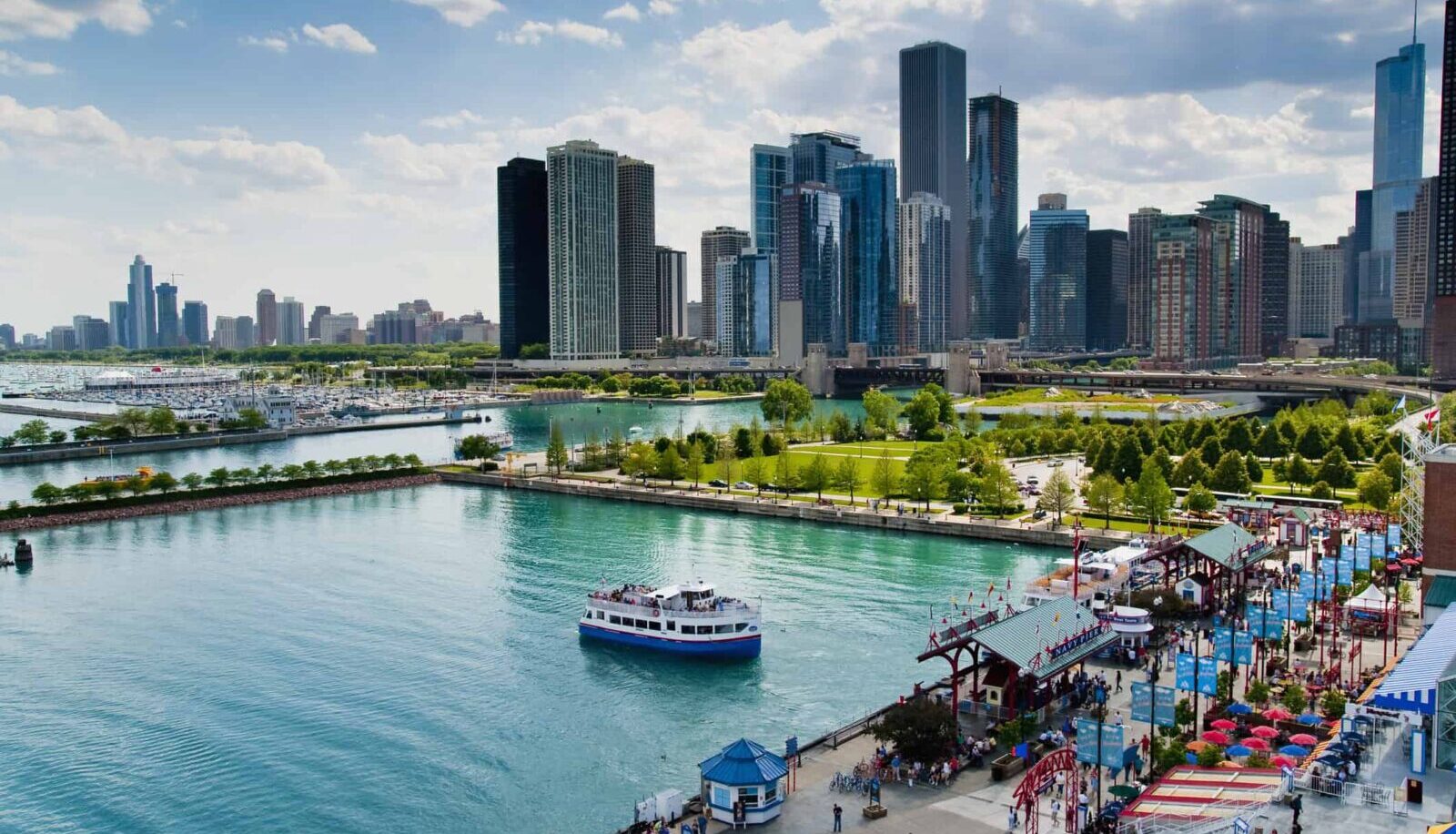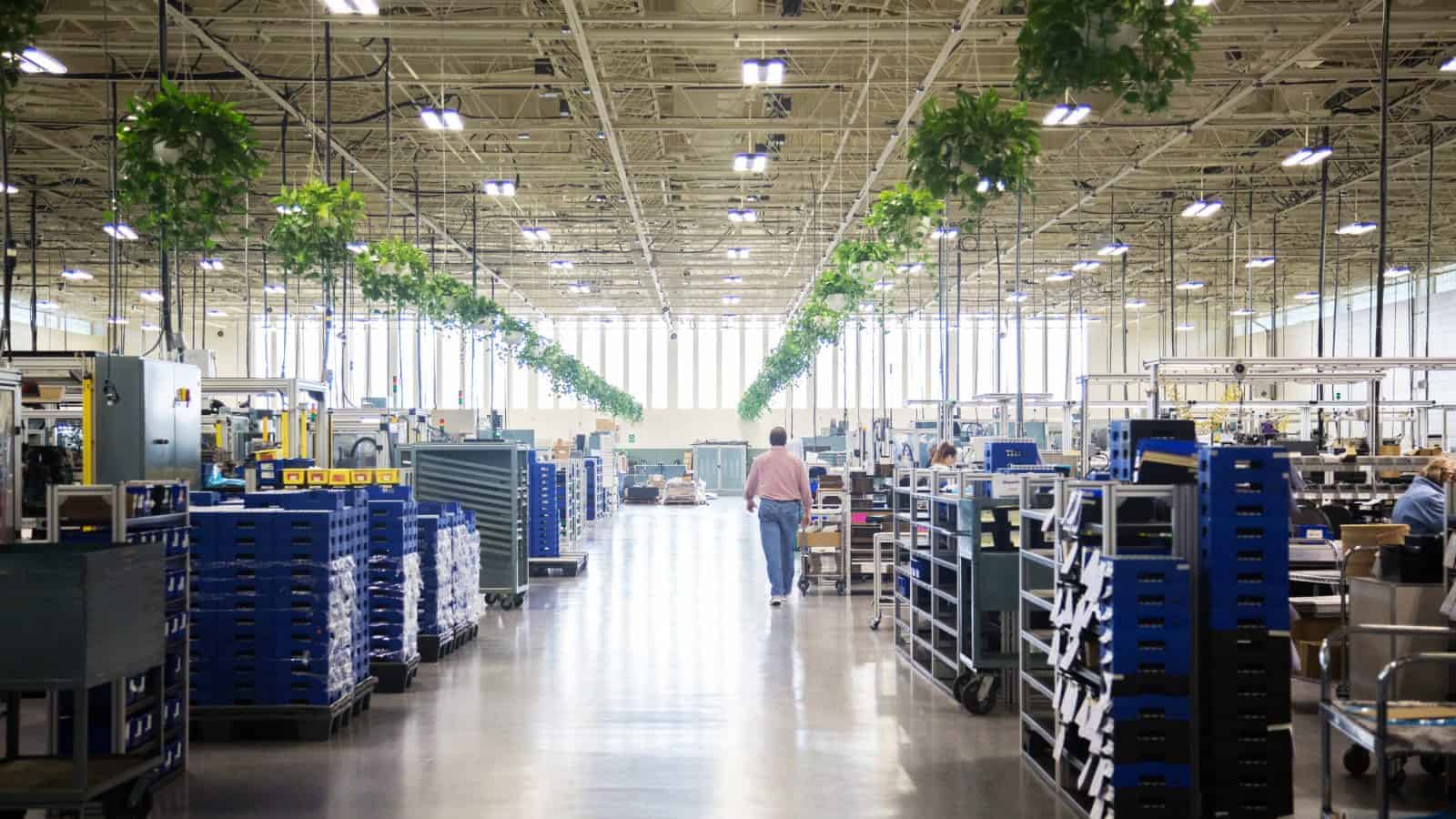Illinois Chemical Industry Warns Against New EPA Standard

The chemical industry has a wide reach. According to Mark Biel, CEO of the Chemical Industry Council of Illinois, 96% of products made in the United States are either manufactured by the chemical industry itself or using materials it produces.
- “We make everything from cell phones to packaging,” said Biel. “People don’t realize the integral role that chemistry plays in their lives.”
And for Illinois in particular, the chemical industry isn’t just making products—it’s making careers.
- “Our state has 46,000 people in the chemical industry, and the average wage is a little over $114,000,” said Biel. “We are the second largest manufacturing sector in Illinois, which is the fourth largest chemical processing state. Folks don’t realize how large and important the chemical industry is to Illinois.”
But as the Environmental Protection Agency considers imposing a new, stricter air quality standard for particles called PM2.5, chemical manufacturers in Illinois are sounding the alarm. According to Biel, the new regulations misunderstand the situation—and threaten to cause irreparable harm for manufacturers across the state.
The background: Manufacturers have long been committed to reducing particulates in the air, including PM2.5, and have made huge strides over the past half-century. But to further reduce PM2.5 will be a tall order.
- “We should be focused on enforcing the regulations we already have in the books,” said Biel. “The U.S. already has strong regulations in place—ones that many areas are still working to meet. Let us be smart about new regulations, which means we should not change air permitting before meeting current standards.”
The local angle: For the chemical industry in Illinois, the changes could be particularly damaging.
- With access to waterways, relatively inexpensive electricity and extensive natural gas pipeline infrastructure, the St. Louis and Chicagoland areas of Illinois are hubs for the national chemical industry.
- However, if the EPA’s standards become stricter, it could deter investments to these metro areas significantly.
- “It’s difficult enough to permit a new facility in the Chicagoland area, and when you throw on additional burdens, it makes it harder and harder to justify making the investment in these facilities,” said Biel.
The global stage: Especially at a time when many manufacturers are looking for ways to bring investments and supply chains back to the United States, this kind of onerous regulation could create a stumbling block.
- “Our lawmakers want manufacturing to come back to the U.S., but this regulation does the exact opposite,” said Biel. “With all the new investment, it’s important that more and more manufacturers locate in the U.S. to avoid supply chain complications and delays. This regulation hinders that development.”
The last word: “I’m bullish on the long-term prospects for our industry, but sometimes the EPA loses sight of the reality that their regulations are already sufficient,” said Biel. “The current PM2.5 standard has worked. But this proposal goes far beyond that and will hinder a crucial opportunity for the industry to grow in the U.S.”
